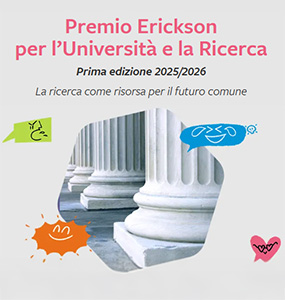The body as didactic mediator in learning reading and writing
Filippo Gomez Paloma, Fulvia Angelino, Nicolina Pastena, Gaetano Raiola, Mario Lipoma, Domenico Tafuri
The study presented is an interesting pilot study for the application of the Embodied Cognition approach (Gomez Paloma, 2013) in didactics, an approach that enhances the continuity between brain-mind-body-world.
These dimensions emerge together in the action that — we believe — can generate a cognitive mode which is more stable and structured than an approach that considers only the computational and intellectual role of the mind. Can the body in action offer itself as a mediation tool for learning and in this way reduce the gap between abstraction and empirical data (Gomez Paloma & Damiani, 2015)? The basic idea is that each didactic work connects itself to reality through experience (Gennari, 2002), and that you can find a powerful means for facilitating the development of some skills that underlie certain learnings in the body that acts. In particular, the research helped us to assess the extent to which the embodied experience supports the learning of reading and writing, and encourages — through an alphabet made with the body — consolidation of eye-hand coordination, space-time organisation, motor control during writing, and remembering, recalling and reproducing letters.
This research also provides favourable data about the possibility of using embodied didactics as an effective practice, in terms of inclusion, which is very responsive to special educational needs (Ianes & Cramerotti, 2014).
Keywords
Embodied Cognition, Reading and writing, Simplexity, Bio-educational approach, Embodied didactics, Inclusion


